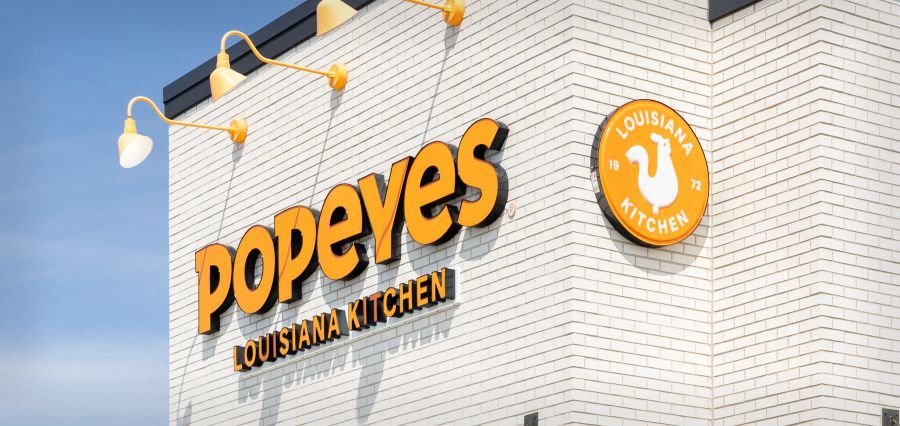Food Forward
The chain of food is always in motion, and the most vibrant portion of it is the Quick Service Restaurant (QSR) sector. Evolving tastes and evolving technology mean quick service franchises evolve as well, at a rapid rate. They are defining the future of eating, ordering, and being served. The future is not just fast; it’s “food forward”—exciting, convenient, and sustainable.
Let us examine some of the key trends behind the next wave of QSR franchises!
-
Digital-First Experience
Digitization of the dining experience is the largest trend in QSR franchising. Mobile apps, self-service kiosks, and digital menu boards are becoming mainstream. Consumers are looking to order increasingly online, have meals tailored through apps, and receive delivery in minutes.
Franchises are heavily investing in technology to facilitate automated customer service, payment, and ordering. Artificial intelligence (AI) and machine learning also help franchises make menu item suggestions, demand planning, and efficient stock management.
-
Ghost Kitchens and Virtual Brands
Ghost kitchens or cloud kitchens are restaurants without a dining facility. They operate only through online orders. This helps QSR brands to expand more without the cost implications of doing the same in traditional restaurants. Several brands are operated from one location, which could be owned by the same parent company.
Virtual restaurants—restaurants with no physical location—also expand. They allow franchises to experiment with new ideas quickly and experiment with different cuisine without first creating a physical building.
-
Health-Oriented Menus
Consumers are more health aware than ever, and quick service franchises are responding with more nutritious, vegetable-centric, low-calorie, and natural options. Made-to-order, locally-sourced, and fresh foods are on the rise in popularity.
Not only are franchises offering healthier options, but they’re also clearly labeling foods with nutritional value so consumers can make educated choices. Being transparent engages and creates loyalty among health-aware consumers.
-
Sustainability a Priority
Sustainability is not a trend anymore but a priority value for most consumers, especially the younger generations. Franchises are embracing eco-friendly practices to reduce their impact on the environment.
Biodegradable packaging to energy-star-rated kitchen equipment, QSR chains are looking for innovative methods of going green. Even some are doing away with plastic straws or using plant-based utensils. Food donation and minimizing wastage through smart inventory management are also gaining traction.
-
Local Flavor and Cultural Fusion
Although international chains like McDonald’s or Subway offer standardization, customers also demand variety and local flavor. The majority of QSR chains are embracing cultural fusion by integrating local spices, ingredients, and taste into menu items.
This trend enables brands to engage with local palates but stay national or international. It also empowers smaller, localized QSR chains to grow by offering unique, authentic alternatives that appeal to the folks in their markets.
-
Drive-Thrus 2.0
Drive-thrus have long been a staple of QSRs, but they’re receiving a massive overhaul. With multi-lane design, AI ordering, and digital menu boards, drive-thrus are being streamlined and quickened.
Certain chains are even experimenting with conveyor belts and automated food delivery systems within drive-thru lanes. These techs are created to reduce wait times and improve the total customer experience—especially during high-volume times.
-
Franchisee Empowerment
Franchisees are the backbone of a successful QSR brand. Currently, franchisors are emphasizing more on assisting their partners by means of data analytics, marketing support, and operations education.
This shift enables franchisees to respond better to local issues and trends. Empowered franchisees also help improve service quality and innovation at the ground level, which strengthens the whole brand.
-
Adaptive Formats and Pop-Up Models
Not every location will be able to accommodate a full-service restaurant. QSRs are starting to experiment with flexible concepts like food trucks, mall kiosks, or pop-up locations in busy city areas. These concepts allow brands to penetrate new markets quickly and at low cost.
Pop-up models are particularly popular for seasonal products or tests of menu items. They offer the potential for a low-risk experiment at introducing new concepts and obtaining instant feedback from the consumers.
Conclusion
Fast food restaurants are changing quickly because of new technology, different customer habits, and the need for better quality and convenience. Things like ghost kitchens and healthier menus are helping shape a future that is faster, more eco-friendly, and focused on what customers want.
Quick Service Franchises that stay in front of these trends—chains that are truly “food forward”—not only will survive, but will thrive in the competitive dining landscape. The future of fast food is not just about speed—it’s smart, sustainable, and satisfying for everyone.
Read More – Top Energy Drink Manufacturers Leading the Market in 2025






